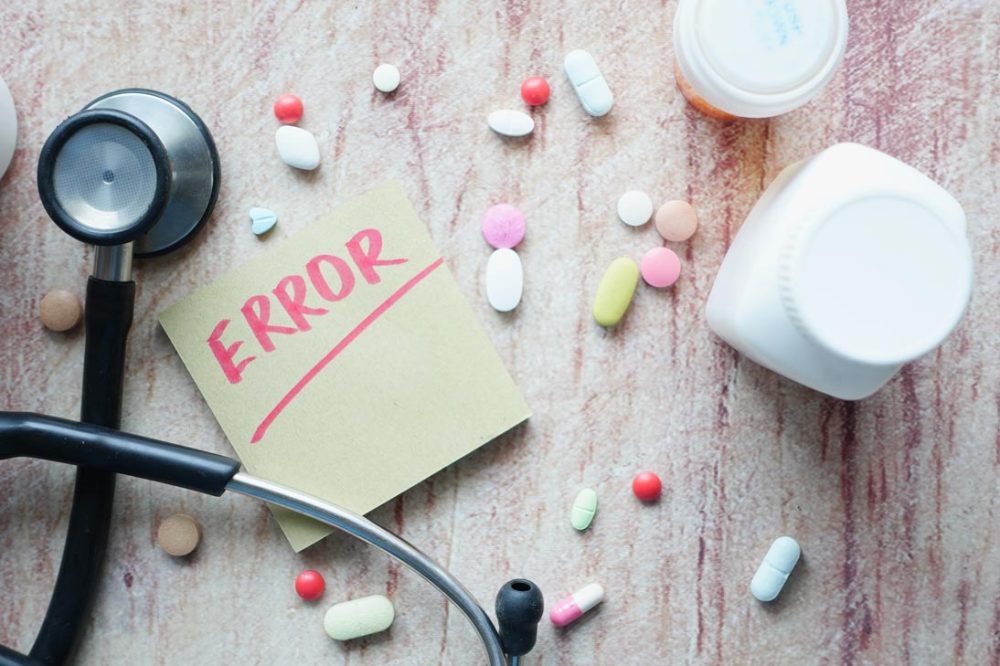Advertisment
How clinical guidelines contribute to medication errors

A study1` of more than 28,000 medication incident reports found 608 reports of moderate-severe harm or death when using guidelines. Further analysis showed that difficulties in finding and using guidelines contributed to errors at the prescribing and administration phases of medication use.
Guidelines can play a key role in ensuring healthcare professionals provide safe and consistent patient care. However, guidelines can themselves contribute to both prescribing and medication administration errors, according to the authors of this study. They suggest that the “plethora and complexity of medication-related guidelines” could contribute to errors. Previous studies have shown that problems in finding the correct guideline and difficulties in interpreting the guidance are important factors. Indeed, previous authors have noted that some written guidance is “contradictory, incomprehensible or otherwise of poor quality”.
This study was a retrospective analysis of 28,217 reports (2016-2021) to the National Reporting and Learning System (NRLS) for England and Wales that involved the use of medicines guidelines. Some 608 reports related to moderate-severe harm or death.
For the study the authors developed a hierarchical task analysis (HTA) that described the process of retrieving information from a medicines’ guideline. This identified three key steps (HTA steps): – find the right guideline, find relevant information and then read and correctly use the relevant information. Reports were analysed according to discrepancies in the HTA steps.
Of the 642 reports that contained step discrepancies 300 related to finding guidelines, 166 to finding information within guidelines and 176 to using the information.
Within each step category different types of error were identified. The most frequent of these was misunderstanding the correct guideline. Other common types of error included mistakenly using the wrong guideline, relying on memory rather than checking a guideline, an organisation not providing an appropriate guideline, using information from the wrong section of a guideline and a guideline not including the required information.
Discrepancies were most frequently associated with locally-produced guidelines (n = 405) and most occurred during prescribing (n = 277) or medication administration (n = 241).
The vast majority of HTA step discrepancies (590) occurred in acute hospitals.
Although the number of discrepancies identified is a small proportion of the total number of reports logged during the study period (3200 out of more than 1.2 million) the authors note that it is likely to be an underestimate as 40% of reports contained insufficient information for more detailed analysis. Nevertheless, the link between difficulties in the use of guidelines and errors in prescribing and administration of medicines gives cause for concern.
Key implications for practice
Measures to improve the accessibility of guidelines and improvements in some of the guidelines are needed. The authors suggest that “both simplicity of the message given within guidelines and the formatting of guidelines may be important to address], and iterative user testing and subsequent modification of guidelines may be an effective technique to address these concerns”.
Reference
Jones MD, Liu S, Powell F et al. Drug Safety https://doi.org/10.1007/s40264-024-01396-7





